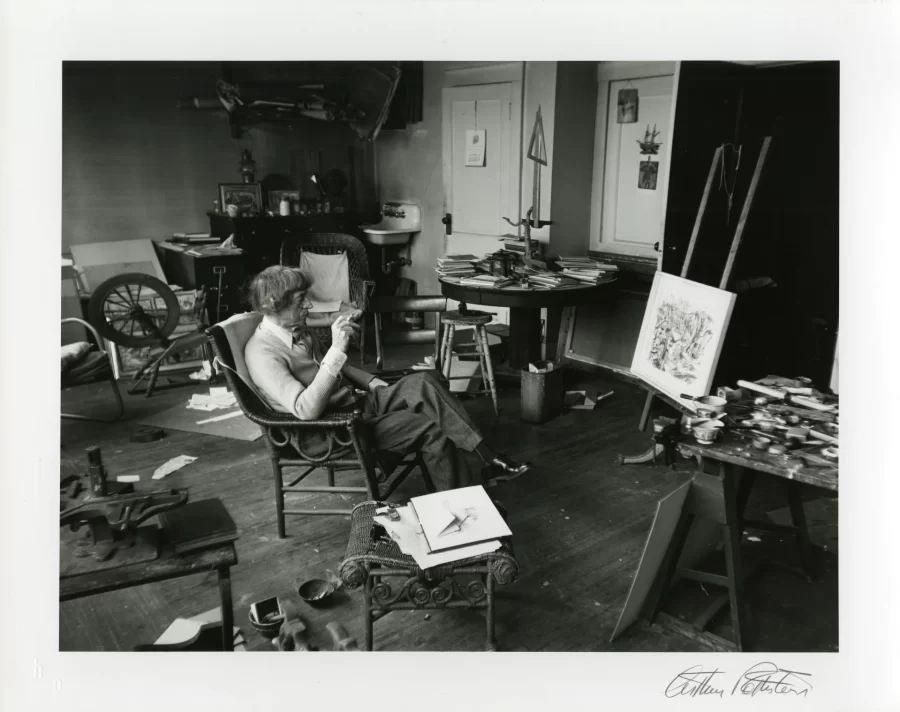John Marin (American, 1870-1953)
Marin worked as a professional architect before studying at the Pennsylvania Academy of the Fine Arts in Philadelphia, the Art Students League in New York, and the Académie Julian in Paris. He toured Europe and became interested in Paul Cézanne, James McNeill Whistler, Fauvism, and Cubism. Marin exhibited at the Salon des Indépendants and the Salon d’Automne, where, in 1909, Edward Steichen was impressed by his watercolors and introduced him to photographer Alfred Stieglitz. Stieglitz gave Marin his first major exhibition at his influential The Little Galleries of the Photo-Secession. The well-connected photographer became Marin’s close friend and exhibited him more than any other artist except his wife Georgia O’Keeffe.
Marin adopted the styles of European Modernism that had impressed him, but translated this to specifically American scenes of Maine, New York, and sites in New England and New Mexico. The artist drew imagery from nature, conveying its spirit rather than its exact likeness. While remaining uncomfortable with total abstraction, his energetic, gestural quality would influence Abstract Expressionism, the major American movement after WWII.


